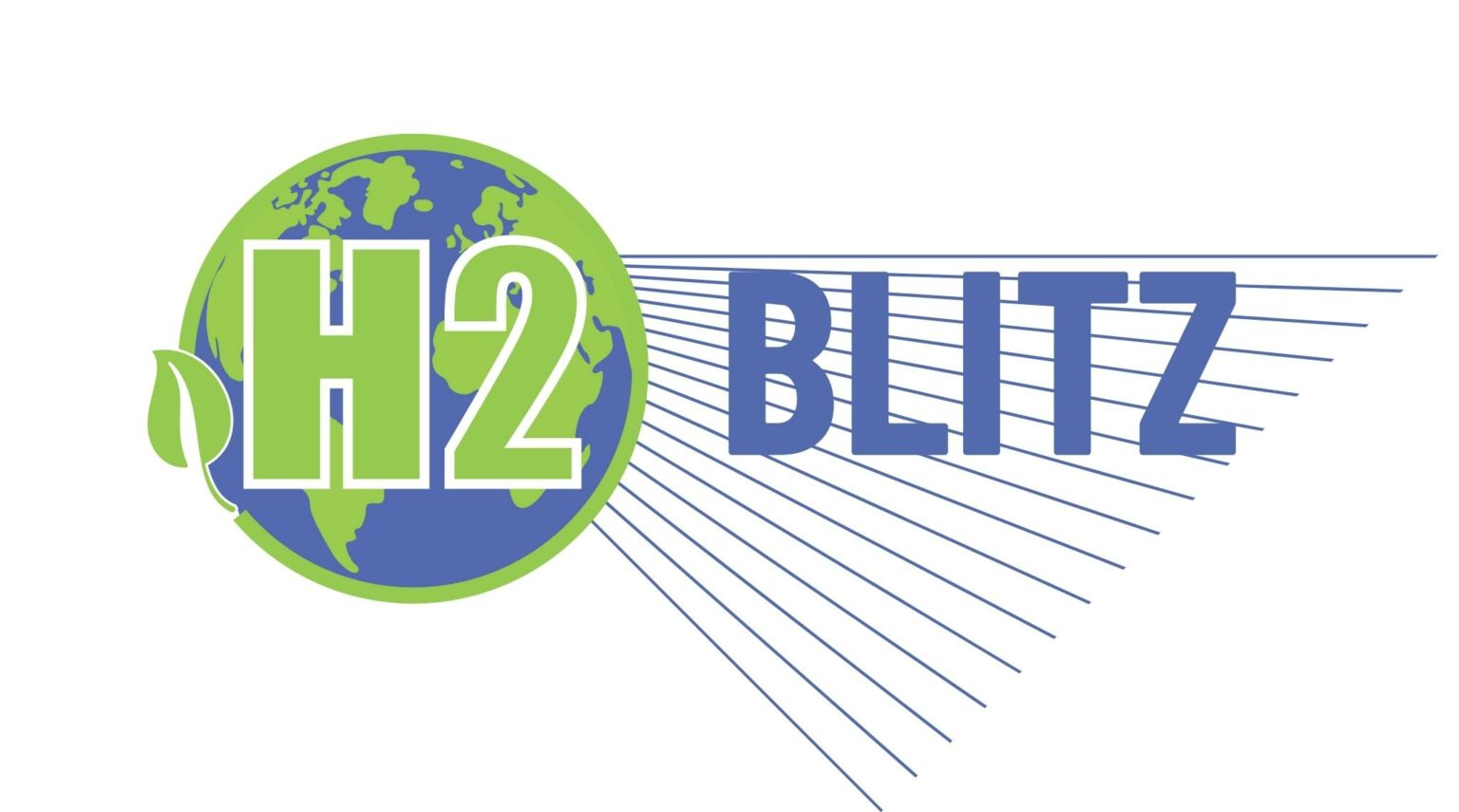Hitachi Energy decarbonizes construction site in Port of Gothenburg
Skanska’s Port of Gothenburg construction site is the first client site to demonstrate HyFlex’s unique hydrogen project. The machine generated clean electricity for an on-site charging station for two weeks using Linde Gas green hydrogen. The station powers a Volvo electric excavator used for construction.
The solution advances construction site electrification and decarbonization by combining technology expertise. Hitachi Energy’s HyFlex is a clean alternative to diesel generators used on construction sites without grid electricity. It generates AC electricity, heat, and water without emissions.
Enbridge and FortisBC hire DNV for hydrogen blending feasibility study
DNV AS has been requested by Enbridge Inc. and FortisBC Energy to investigate the viability of hydrogen blending for their current natural gas pipeline system in British Columbia, Canada.
The two separate studies, which are the biggest blending studies conducted in North America, will ascertain the proportion of hydrogen that may be safely transported through the pipelines owned by Enbridge and FortisBC, according to a news release from DNV.
According to the announcement, the studies will be used to create the standards and protocols necessary to transport hydrogen safely as the first stage in creating a long-term commercial hydrogen market. We’ll look at every step of the gas supply value chain, from pipeline systems’ end-user distribution terminals to hydrogen injection stations.
CNPC starts first phase of hydrogen project using renewable energy
The largest provider of gas and oil in the nation, China Petroleum Engineering Corporation, has started up the first phase of its first project to create hydrogen using renewable energy.
The state-owned energy firm said yesterday that the first stage, which started operating on March 16, can produce 2,100 tons of hydrogen with a purity of 99.99 percent annually.
The project, according to the business, consists of three electrolytic hydrogen production facilities with an hourly output capacity of 1,000 standard cubic feet each, and it is situated in CNPC’s Yumen oil field in Gansu province, northwest China. It further stated that as of yesterday, sales of hydrogen through pipes had reached above 40,000 SCF.
First Graphene advances green hydrogen catalyst
First Graphene Limited declared that novel electrocatalysts designed specifically for the growing “green hydrogen” market were a step forward in the commercialization of graphene materials.
Through water electrolysis, these developments open the door to more economical and effective hydrogen production, the business claimed in an ASX announcement. The goal of First Graphene’s most recent electrocatalyst research, which lasted for a whole year in the UK, was to develop inexpensive, high-performing materials that are essential for speeding up the generation of hydrogen and oxygen during electrolysis.
These electrocatalysts are essential for producing “green hydrogen” at a reasonable cost, especially since they are meant to take the place of traditional catalysts that are dependent on pricy rare metals like ruthenium and iridium.
Takasago Thermal Engineering develops lunar water electrolyzer for use in moon probe
Tokyo-based Takasago Thermal Engineering has produced an experimental lunar water electrolyzer. The device acts as a hydrogen and oxygen production unit on the moon’s surface.
Takasago Thermal Engineering, a private firm known for its air conditioning equipment, demonstrated their new device. The apparatus is 30 centimeters long, 45 centimeters wide, and 20 centimeters tall. The device incorporates design adaptations to endure the dramatic forces experienced during lift-offs and landings. It also uses radiation-hardened semiconductors for withstanding the extreme space environment.





